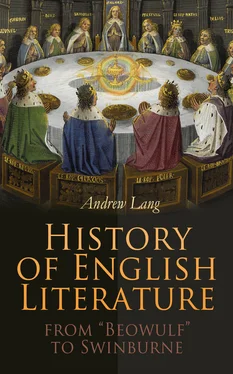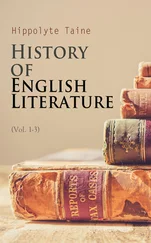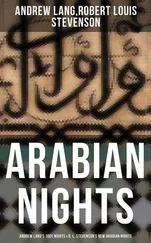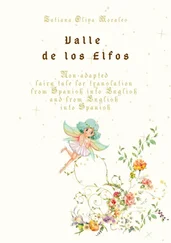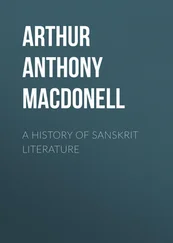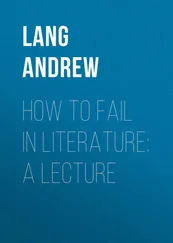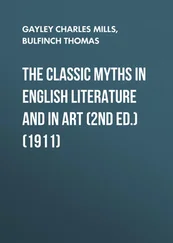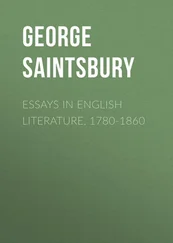Thus the "Cursor Mundi" may have been found amusing enough in its day, when the ceaseless octosyllabic rhyming couplets were not reckoned tedious (they are sometimes varied), and adventures wholly unknown to the authors of the Gospels occur in every page.
Books more purely devotional are "The Ayenbite of Inwyt" ("The Biting of Conscience") and "The Pricke of Conscience". The former states itself to be written "in English of Kent," by "dan Michelis of Northgate," and to be in the library of St. Austin's of Canterbury. The author, or rather translator from a French book of 1274, finished his writing in 1340. The author of "The Ayenbite" classifies sins and virtues in the allegorical manner: his moral advice, for example, as to the duty of giving alms promptly, gladly, and without the discourtesies with which too many accompany them, is excellent. But nothing, he says, is to be given to minstrels, he "calls their harmless art a crime". The dialect is uncouth and rather difficult.
"The Pricke of Conscience" is in octosyllabic rhyming couplets, about 10,000 lines in all, and is the work of a singular person, Richard Rolle, who, after being a wandering hermit, settled at Hampole, and died in 1349. A Latin biographer of Richard states that he was born at Thornton in the diocese of York, was well educated by the care of his parents, was sent to Oxford by Thomas Neville, Archdeacon of Durham, and made good progress in his studies, especially in theology. In his nineteenth year he left the temptations of Oxford, went home, and turned two dresses of his sister's, one white, one gray, into what he thought the appropriate costume of a hermit, covering his head with his father's rain-hood. His sister fled from before him, thinking him insane: he took Lady Dalton's seat in church, was allowed to preach a sermon, and was kindly received by the lady's husband, Sir John. In a cell provided by the knight he had unspeakable raptures, and felt as if he were being burned by a physical fire, which proved to be that of Divine love. Some ladies found him writing at a great pace, while he simultaneously discoursed to them for two hours. It seems to follow that either his writing or his preaching was "automatic". He wrought some miracles of healing, and he must have written rapidly indeed if he produced all the works attributed to him, His prose treatises of religion are as fervent as the Letters of Samuel Rutherford, the Covenanter: his anecdotes of his own temptation by the phantasm of "a full, fair young woman" who loved him dearly; and of a repentant scholar, who wrote out a list of his own sins which vanished from the paper, are interesting. He allows that the brains of eagerly pious people sometimes "turn in their heads," thereby causing empty hallucinations, and the hearing of wonderful songs that are merely subjective impressions. This strange being, with the ardour of Crashaw, had something of Crashaw's poetic fire.
The verses of Laurence Minot, celebrating events from 1333 to 1352 are of almost no literary merit. The Muse of Laurence is the patriotic; he crows, for example, over the defeat of the Scots by English archers at Halidon Hill, in 1333, but he merely babbles in the vague, and does not give a single detail as to the fighting. When he promises to tell of the battle of Bannockburn, in place of doing that he glories in the recovery of Berwick by Edward III.
The best praise we can give him is that he loved to celebrate the victories of his countrymen; and had at his command many metres that were ready for some better poet to use. It must also be admitted that there are very few successes in our British essays in patriotic poetry, and that an enemy of the Scots, as Minot was, may be not impartially judged by a critic of that race.
CHAPTER VII.
THE ROMANCES IN RHYME.
Table of Contents
When romance "is in," and, after Geoffrey of Monmouth, romance was in, every other kind of literature "is out"; is unfashionable and little regarded. The English rhyming chroniclers, and even religious writers such as the author of the "Cursor Mundi," felt constrained to make their works resemble fiction as nearly as possible; owing to the supremacy of French romances and English translations and adaptations of French romances, in the late twelfth, thirteenth, and fourteenth centuries.
Many of these productions grouped themselves round the Table of King Arthur, "matter of Britain"; others dealt with "matter of Rome," that is all the ancient world; others with "matter of France"; others with legends or fancies, English or foreign. Their subject was often the chivalrous theory and practice of love, as a kind of religion, a fantastic semi-idealized devotion to the beloved, who, as a rule, was another man's wife. This breach of recognized religion and morality was often set down to fate, to the power that the Anglo-Saxons named Wyrd.
The two greatest cycles of romantic love are found in the lives of Tristram and Iseult (the wife of King Mark of Cornwall, and aunt by marriage of Tristram), and of Lancelot and Guinevere, the wife of King Arthur. Tristram (whose name seems to be altered from the Welsh name Drysdan), has but little original connexion with the Court of Arthur, though he is a mythical hero of a very old Welsh "triad". He and Iseult love each other because they have by mischance drunk together of a love potion intended for Mark and his wife; their love is fatal and inevitable, and immortal.
Lancelot, on the other hand, has been sent to bring the bride Guinevere to Arthur, and they fall in love before the lady has seen her lord. Every one knows their joys and sorrows, from Malory's "Morte d'Arthur," (1470)—a prose selection and compilation of "the French books," which excels them and supersedes them—and from the poems of Tennyson, Matthew Arnold, and Mr. Swinburne.
The romances of love and tournament are pervaded and darkened by the influence of the Celtic Merlin, the enchanter and prophet whom men call Devil's son; he represents Destiny. A wide circle of romances, "Merlin" and the "Suite de Merlin," attributed to Robert de Borron, at the end of the twelfth century, are concerned with him.
As if to counteract the fanaticism of love which, in the romances, becomes a non-moral counter-religion, the mysterious story of the Holy Grail came into literature, French, German, and English. The Grail is perhaps originally one of the many magical things of Celtic legend, a vessel as rich in food inexhaustible as the purse of Fortunatus in gold, but conceived by the romance writers to be a mystic dish or cup, used by our Lord before His passion, and still existing, but only to be seen by the pure of heart, such as Sir Percival, and Sir Galahad, the maiden son of Lancelot.
By accident or design the romances fall into a tragic sequence: the youth of Arthur, and his unconscious sin; the mysterious birth of Merlin; the fatal loves of Lancelot and Guinevere; the coming of the Grail and the search for the Grail by many knights; the failure of all but Galahad and Percival; the falling of Lancelot and Guinevere to their old love again; and the sorrows and treacheries that precede and lead up to the king's last battle in the west, and his passing to Avilion.
France and Ireland, like England, have their own romances on the adventures of knights under the feudal sway of a chief king; in France, Charlemagne; in Ireland, Conchobar or Fionn; in England, Arthur, and in all these cases the king becomes much less interesting than his knights, such as Roland and Oliver in France; Cuchulain and Diarmaid in Ireland; Lancelot, Tristram, Gawain, and Percival in England. Yet Arthur, at first and at the last, is the supreme as well as the central figure in the epic, or cycle, of romances. These are a great treasury of brilliant imaginations, rising from Celtic traditions of unknown antiquity, and then transfigured, first by the chivalrous counter-religion of love; next by the reaction to celibacy, and the yearning after some visible and tangible Christian relic and sign, "the vision of the Holy Grail". From this hoard of mediaeval fancies later poets have taken what they could, have placed the jewels in settings of their own fashioning.
Читать дальше
